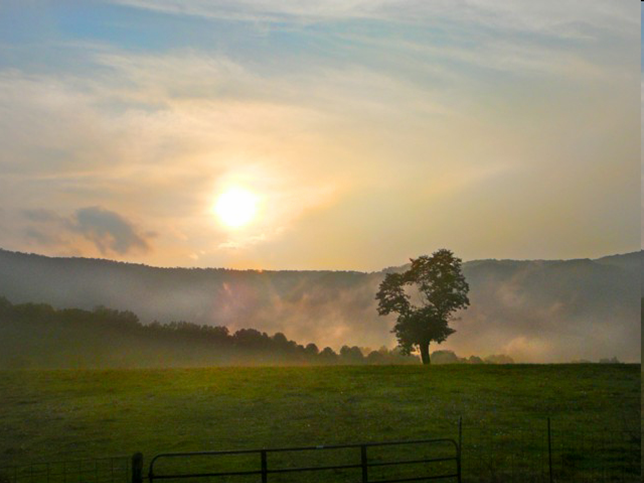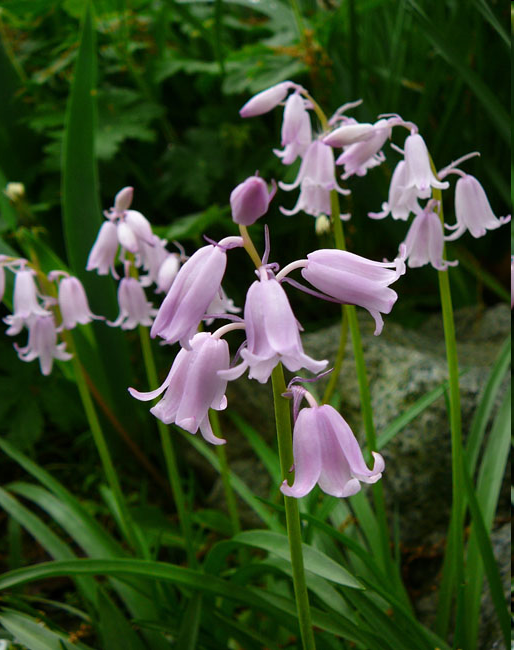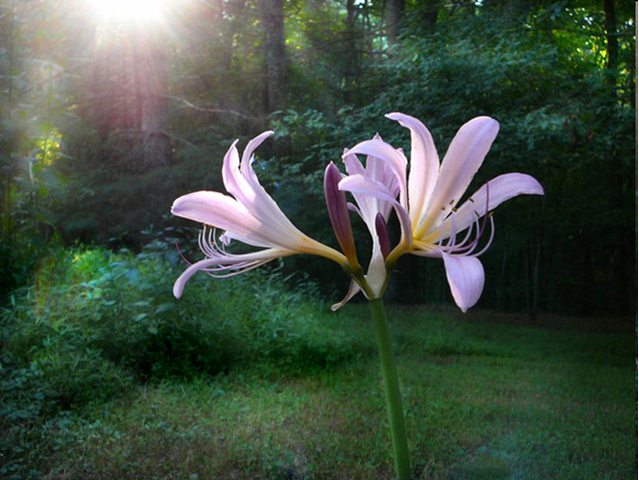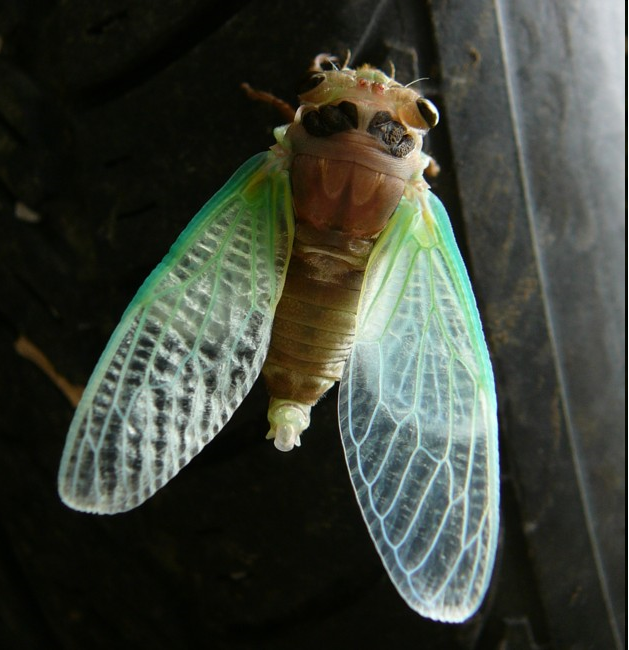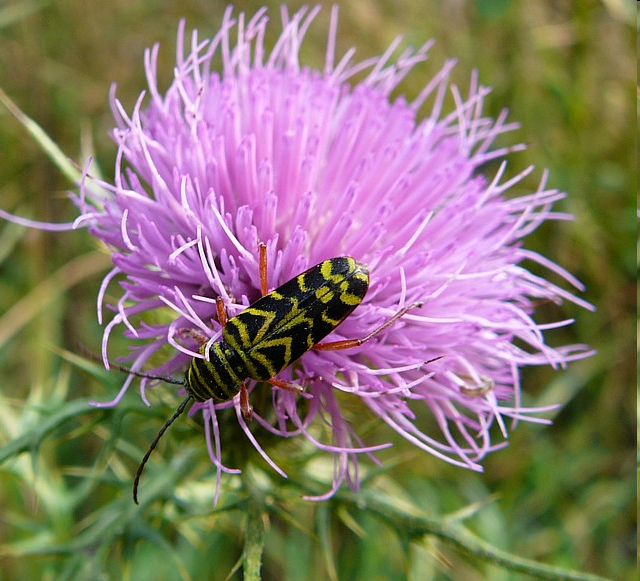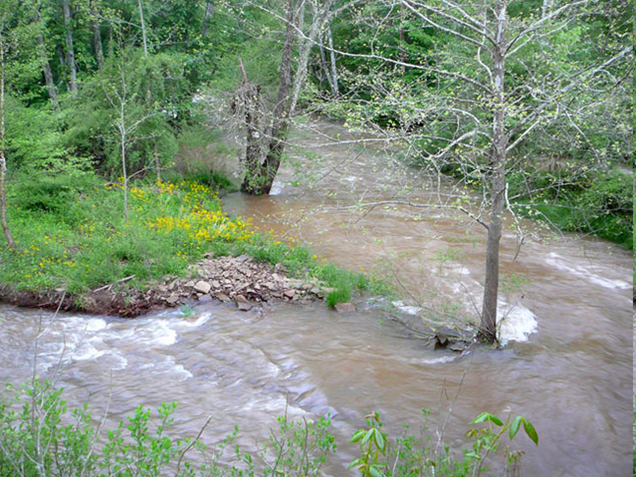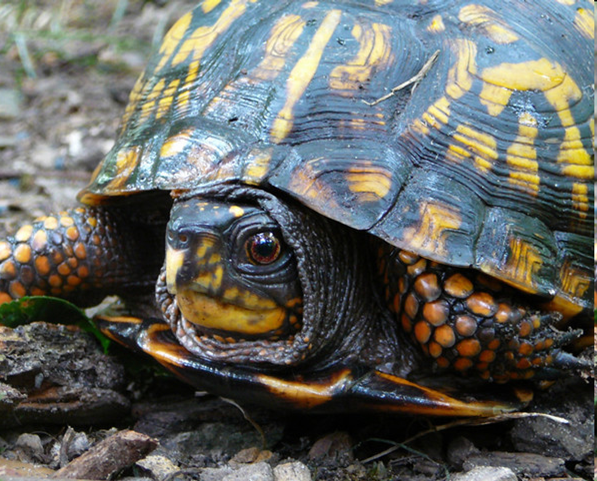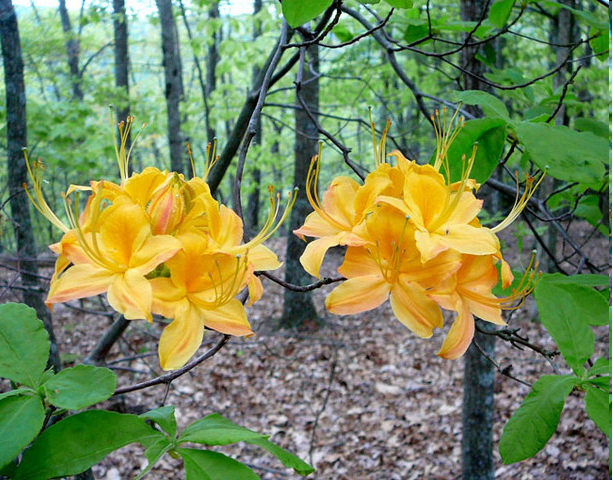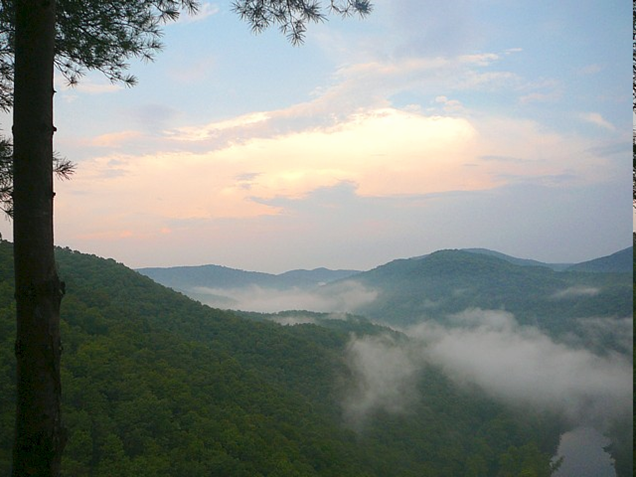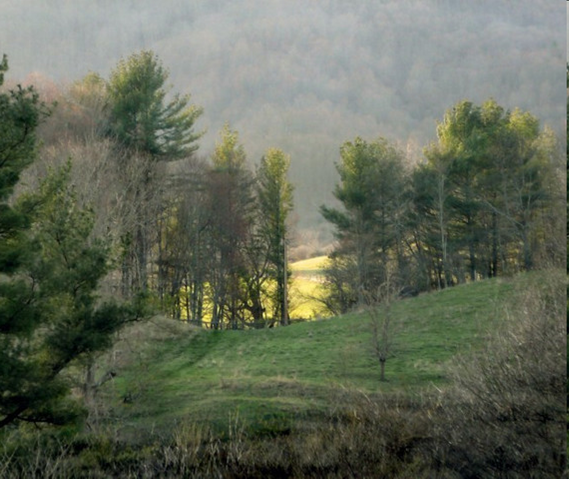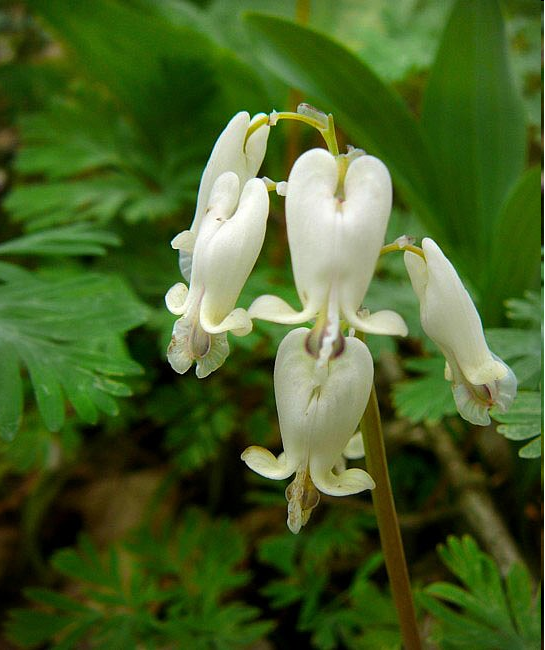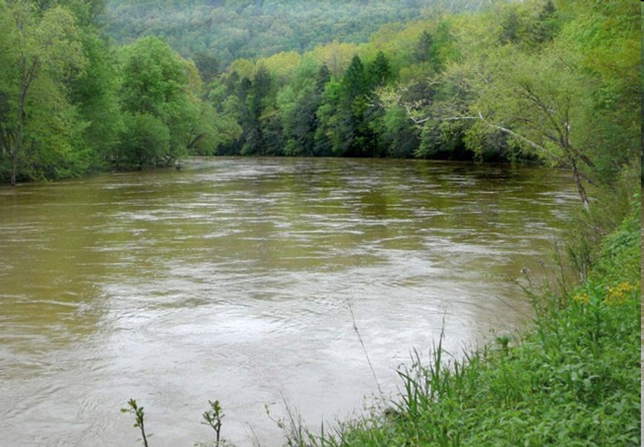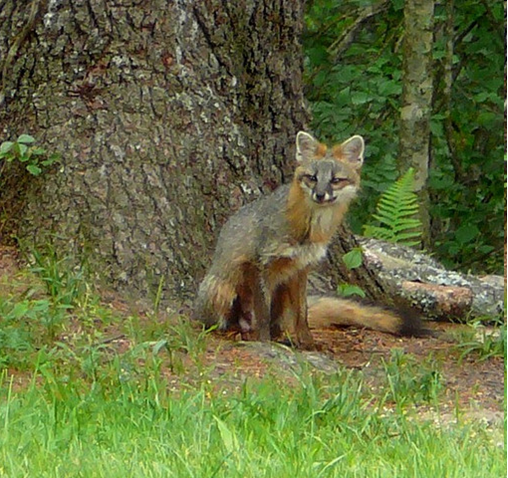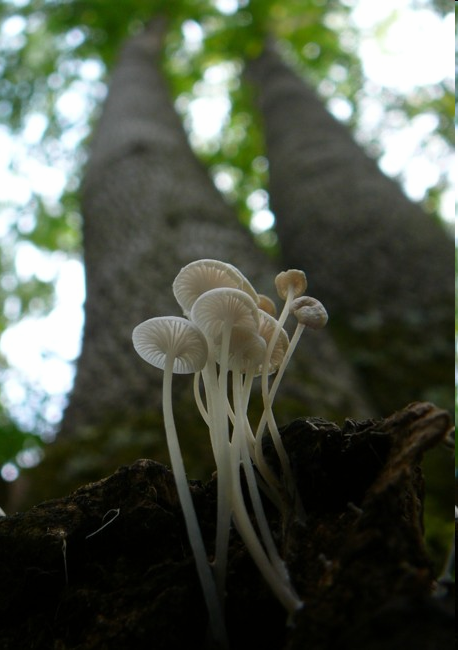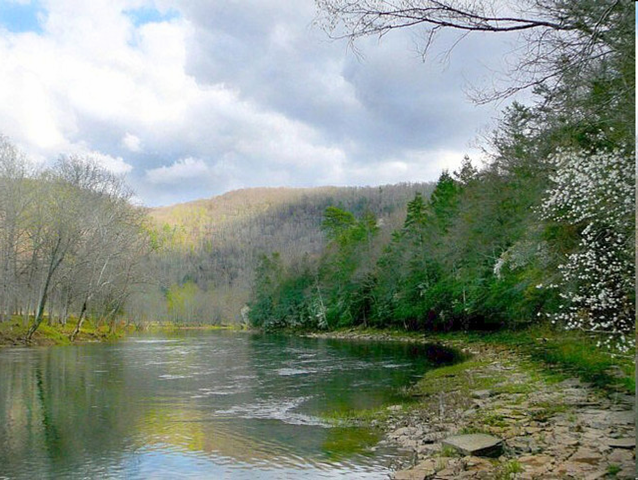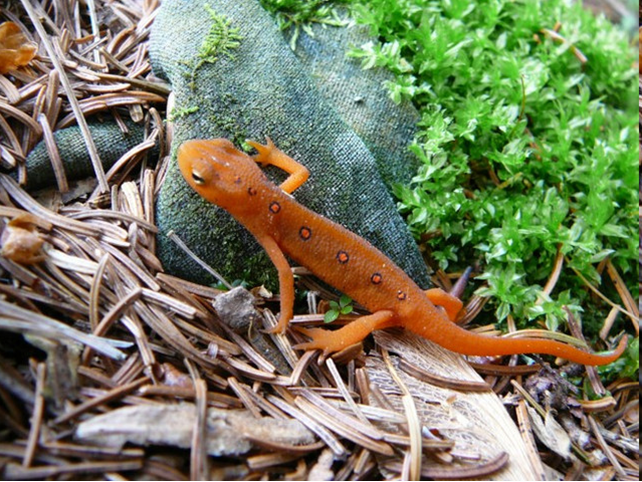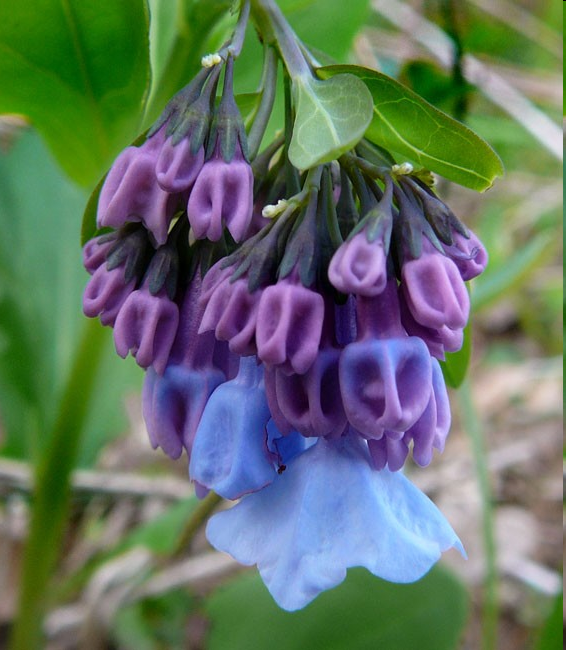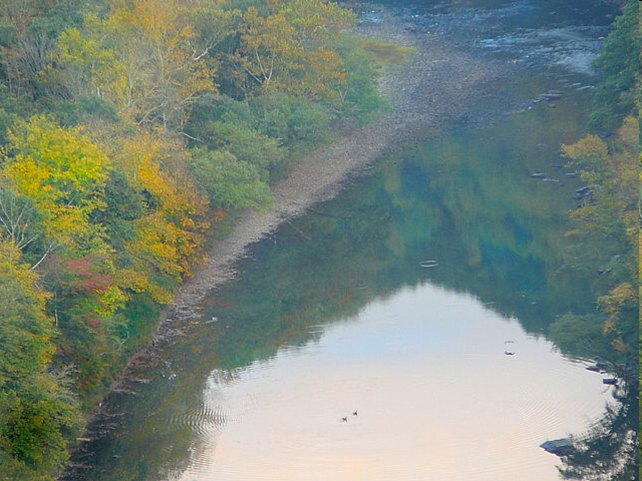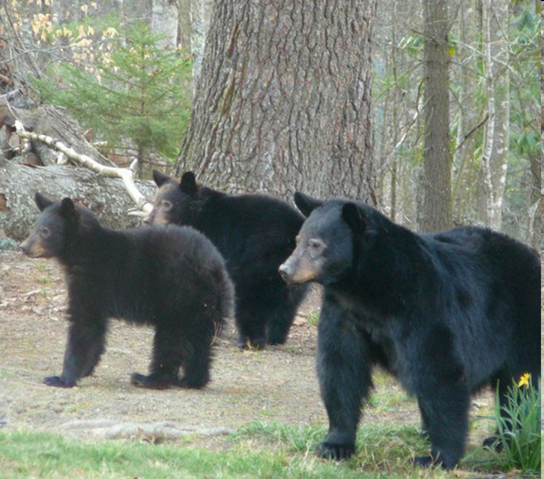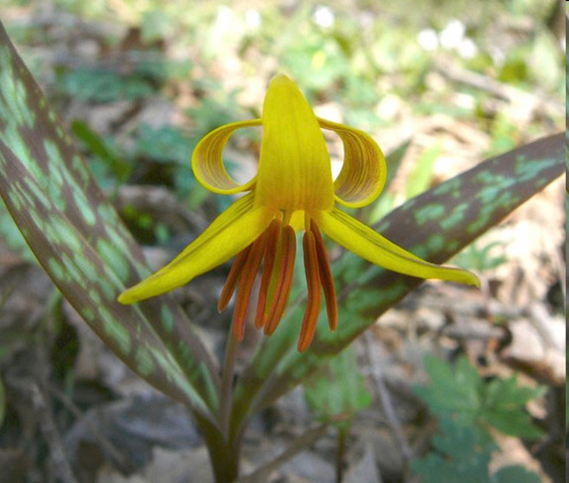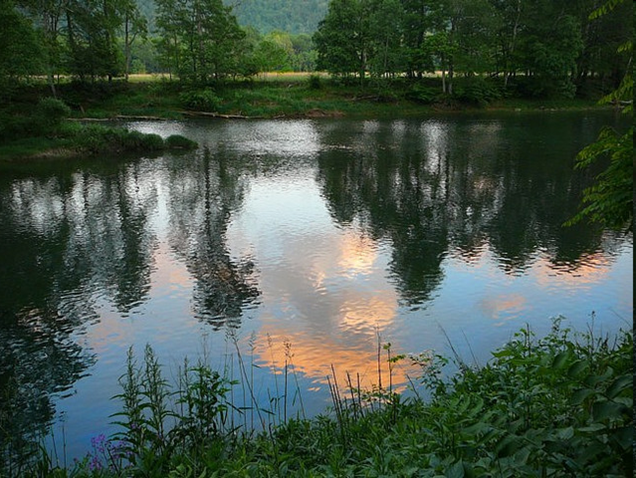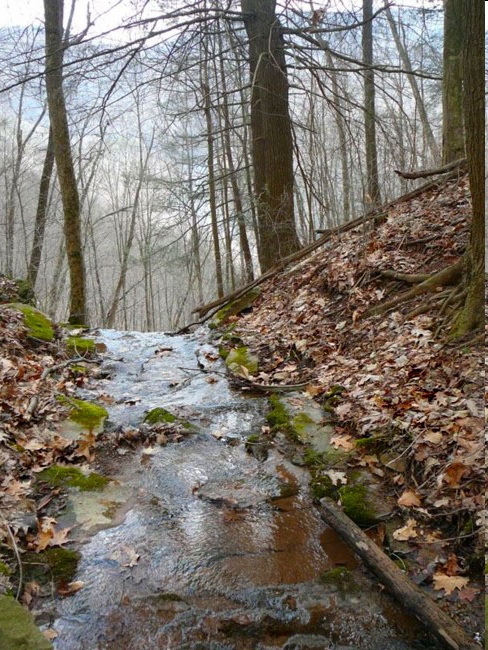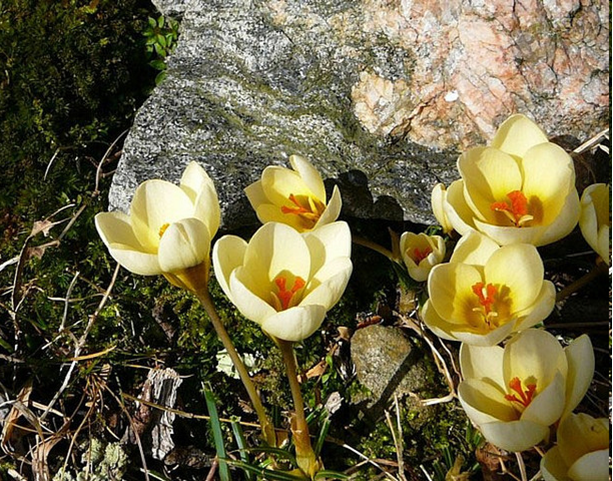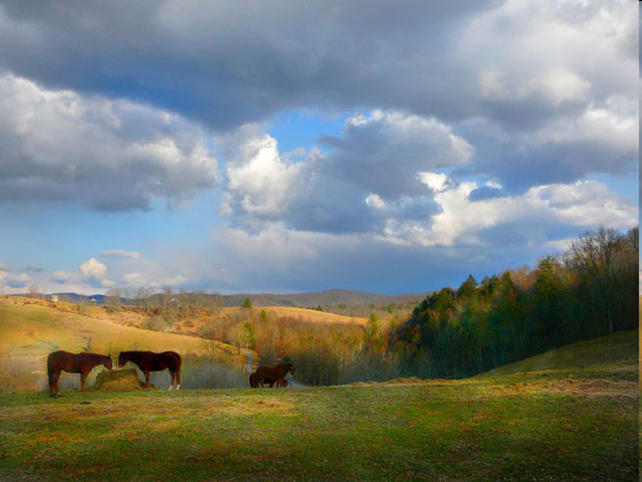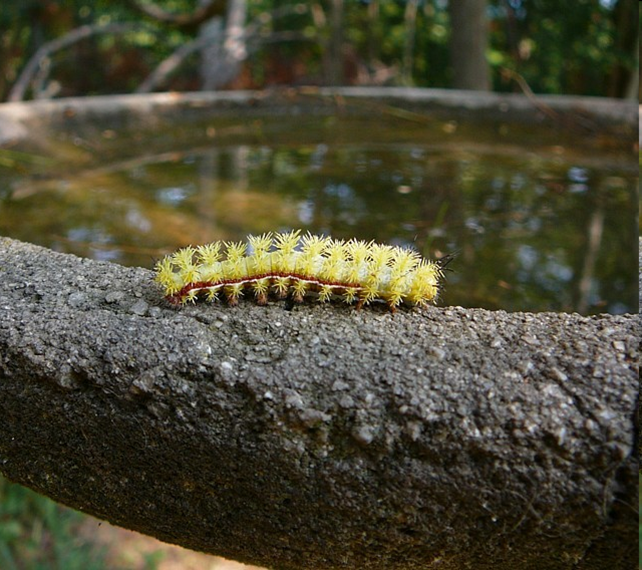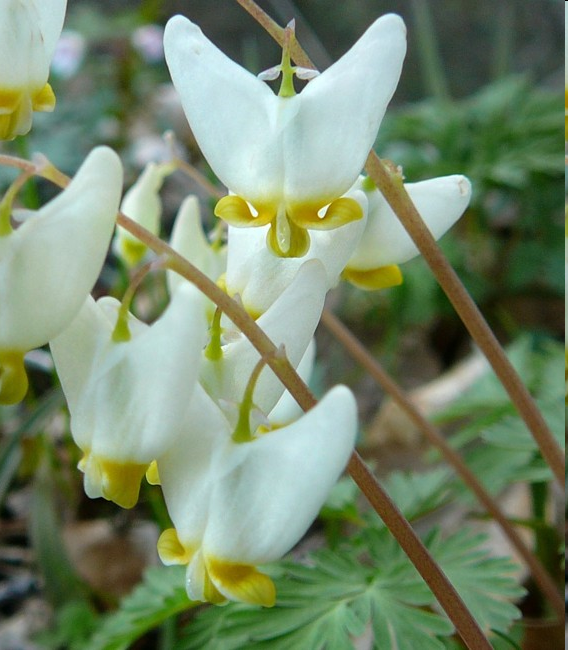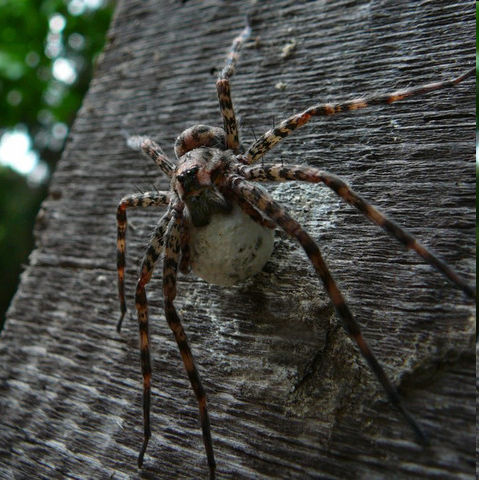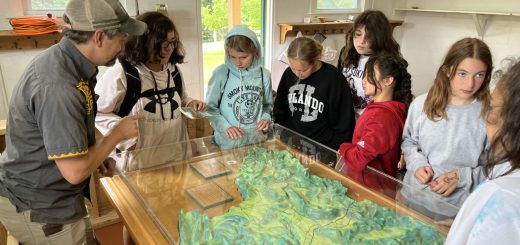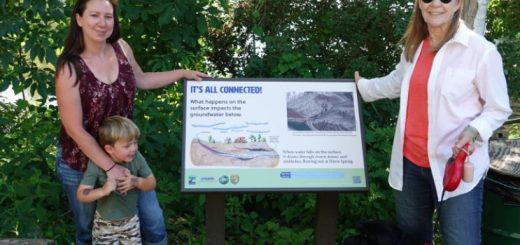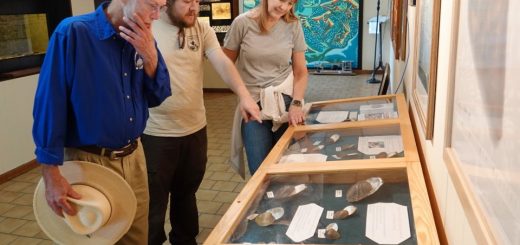The Greenbrier River is formed by the confluence of the East Fork Greenbrier River and the West Fork Greenbrier River in the town of Durbin, West Virginia. From Durbin the Greenbrier River flows southwesterly through Pocahontas, Greenbrier, and Summers Counties. Streams from all these counties, plus Monroe County, flow into the main river and make up the watershed, or all the land drained by tributaries of the river. Technically, the Greenbrier River does not flow through Monroe County, however its’ streams flow into the main river, making Monroe County part of the Greenbrier River watershed. It flows through several communities including Cass, Marlinton, Hillsboro, Ronceverte, Fort Spring, Alderson, and Hinton. The Greenbrier River joins the New River in the town of Hinton, West Virginia.
Greater Greenbrier Conservation Focus Area Plan
(PDF: greater_greenbrier_cfa_draft__20161121)
The Greater Greenbrier CFA encompasses the Greenbrier River watershed from the joining of the East and West Forks at Durbin downstream to the confluence with the New River. In the Allegheny Mountains Ecoregion, it includes a globally significant karst landscape surrounded by ridges and valleys of shale and sandstone. More caves occur in this watershed than anywhere else in West Virginia.
The Greenbrier River emerges in the town of Durbin in Pocahontas County. Pocahontas County is known as the birthplace of rivers. It is one of the largest counties in the state and is the most sparsely populated. Over half of Pocahontas County is state forests, state parks, and national forest. Spice Run Wilderness is one of the nation’s newest wilderness areas. Wilderness areas are important for recreation, wildlife, and clean water within the watershed. Water quality degrades once the river flows out of more protected areas and into more populated Greenbrier County.
Greenbrier County is known for its karst topography. Karst is an area of limestone terrain characterized by sinks, ravines, and underground streams. The watershed in Greenbrier County is one of the densest karst strata in the world. Pressure for development here creates water quality and quantity issues. Greenbrier County is known for its recreational opportunities, rich farmland, and large commercial caves: Lost World Caverns and Organ Cave. Lewisburg, the county seat, is known for its historic downtown. The watershed was home to many healing springs since the 1800’s. One of those, White Sulphur Springs, is the home of the world famous Greenbrier Hotel.
The Greenbrier River then borders Monroe County. Monroe County is a rich, agriculturally important county with apple orchards, wineries, trout waters, historic springs, cattle and dairy farms, and saltpeter caves. Since settler times it has been called “the land of sinks” for its many sinkholes. One community is named Sinks Grove because of this very terrain.
Finally the river borders Summers County. Summers County is the least karstic of all the watershed counties, with only six karstic springs. Hinton, the county seat, is listed on the National Register of Historic Places. The Greenbrier River enters the Three Rivers Confluence at Hinton, WV where the waters of the Bluestone River, the New River, and the Greenbrier River all converge. The New River Gorge National River begins in Hinton.
Currently the Greenbrier River is listed by the West Virginia Department of Environmental Protection as an impaired stream due to fecal coliform contamination. The Greenbrier River itself stretches 173 miles in length and 159 miles of that is impaired. Through education, water monitoring, and community involvement the watershed association is working to improve water quality and enlist citizens in preserving the ecological integrity of the watershed.
The river flows through Monongahela National Forest and is paralleled for 77 miles by the Greenbrier River Trail. The numerous caves and trails, festivals and native foodstuffs, history and healing springs, and “train whistles, wings, and wildlife” give residents of the area a backyard second to none; a backyard that must be protected.















